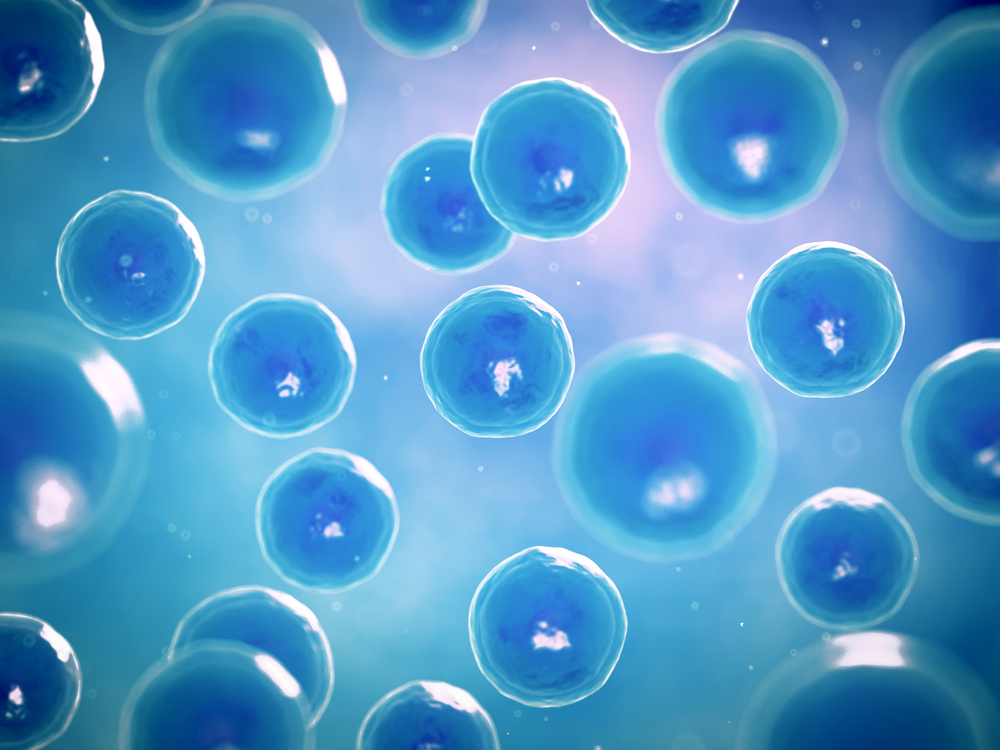A recent study has revealed a potential new regenerative therapy for acute kidney injury in mice. The study entitled “Cell therapy using human induced pluripotent stem cell-derived renal progenitors ameliorates acute kidney injury in mice” was published this July in Stem Cells Translational Medicine.
Acute kidney injury (AKI) is defined as a rapid loss of renal function resulting from various origins with a fatality higher than 60% within intensive care patients. Currently, conventional therapies have not been successful in improving this condition, thus the development of regenerative therapies using human induced pluripotent stem cells (hiPSCs) has been a promising new therapeutic alternative for AKI. However obtaining satisfactory number of progenitor cells has been proved difficult, leading to the use of induced pluripotent stem cells (iPSCs). These cells can be expanded at considerably high levels and then differentiated into progenitors that develop into specialized cells, key for full organ recovery.
In this study a research team from Kyoto University together with Astellas Pharma Inc. transplanted iPSC-derived renal progenitors into the kidney subcapsule of a mouse model with acute kidney injury (direct transplantation into the kidney parenchyma is a difficult task). Investigators observed that transplanted cells did not integrate into the host; however mice that receiving these cells recovered significantly better and with less necrosis and fibrosis then mice with transplants of other cell types.
Senior author of the study, Dr. Osafune, attributed this protective effect to the use of cells that expressed Osr1 and Six2, two factors known as renal progenitors. It is likely that previous studies investigating cellular therapies did not use cells solely expressing these two factors. Also, because transplanted cells were not incorporated into the kidney, suggests that the observed therapeutic effects may be due to paracrine functions, like secretion of important protective renal factors, implying that such functions could work as protective therapy for other serious conditions.
Dr. Osafune explained that “There is no medication for acute kidney injury. If we can identify the paracrine factor, maybe it will lead to a drug.”
Overall, this study is one of the few showing the therapeutic benefits of cell therapy with renal lineage cells generated from human induced pluripotent stem cells.

